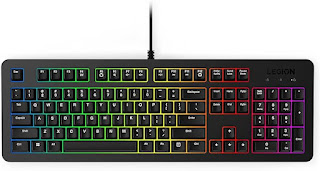A to Z keyboard shortcut keys

Keyboard shortcuts are essential tools for enhancing productivity and streamlining workflow. A - Z keyboard shortcut keys : A Ctrl + A (Windows) / Command + A (Mac): Select all items in a document or window. B Ctrl + B / Command + B: Bold the selected text. C Ctrl + C / Command + C: Copy the selected item or text to the clipboard. D Ctrl + D / Command + D: Bookmark the current page in web browsers. E Ctrl + E / Command + E: Center align the selected text (in word processors). F Ctrl + F / Command + F: Open the Find dialog to search for specific text. G Ctrl + G / Command + G: Find the next instance of the searched text. H Ctrl + H / Command + H: Open the Replace dialog in word processors. I Ctrl + I / Command + I: Italicize the selected text. J Ctrl + J / Command + J: Justify align the selected text. K Ctrl + K / Command + K: Insert a hyperlink. L Ctrl + L / Command + L: Align the selected text to the left. M Ctrl + M / Command + M: Minimize the current window. N Ctrl + N / Comman...


